As a nonprofit board member, how do you know your organization is fulfilling its mission? The mission of the organization is carried out through its programs and services. The board is responsible for evaluating the organization’s impact through its programs and services. The staff is responsible for initiating, conducting and evaluating the programs and services
The indicators that should be monitored will vary widely by the type of nonprofit. It’s important that board and staff work together to determine indicators to monitor. A good starting point is for the staff to recommend an initial list of indicators to the board for their input.
In the field of program evaluation, especially those nonprofits in the social services sector, it is important to provide definitions for two types of measurements: outputs and outcomes.
Outputs are the quantifiable activities of the program. For instance, the number of training classes offered is an output measurement. Outcomes are the result, or change, that occurred because of the service. For instance, the number of students that completed the training and obtained employment are outcome measurements.
Rather than giving the board lengthy text-heavy reports on your programs, consider using dashboards. Dashboards provide a quick visual representation of how the organization is doing. Just as your car dashboard can tell you how much gas you have, how fast you are going, and how far you have traveled, dashboards can help the organization quickly see the status of key indicators and identify any trends that need to be addressed. With this information, the board can participate in high-level strategic discussions, including when to invest more resources, adjust strategies and celebrate successes.
If you are a symphony or community theater, you will likely measure paid seats for each performance. In the dashboard, you may want a column for the goal or target number, another column with the number from a year ago, and a third column with your current number.
If are offering an after-school tutoring program, you will likely measure the number of children served (output) and the children’s academic performance because of the tutoring (outcome). The dashboard would include these numbers as well as a comparison to your goal. Like the above example, you may want to measure progress by including past results.
Don’t be afraid to adjust or change your dashboard based on changes within the organization and strategic priorities. In addition to monitoring program impact, you can also use dashboards for financial, human resources, board operations and risk management indicators.
To summarize, the board must ask itself what the organization’s ultimate goal is, and if the programs being implemented are helping to meet this goal.
This is the last article in our series on roles and responsibilities of nonprofit boards. We hope you have found them helpful. Happy New Year, and we are looking forward to bringing you new topics in 2018.

